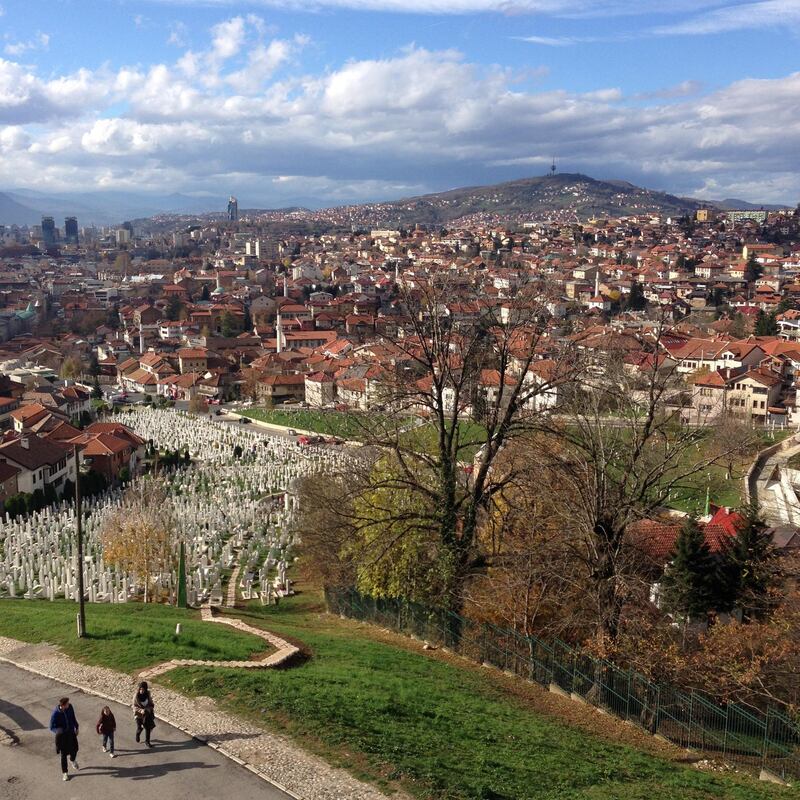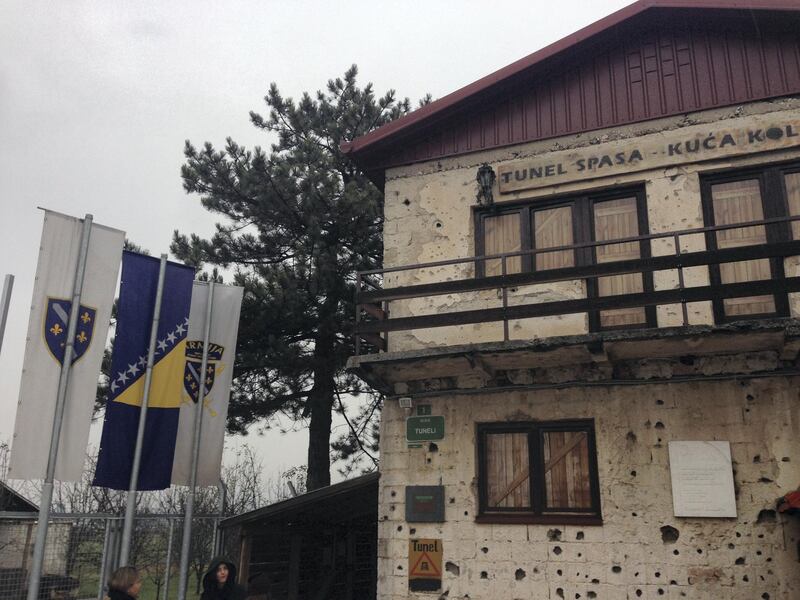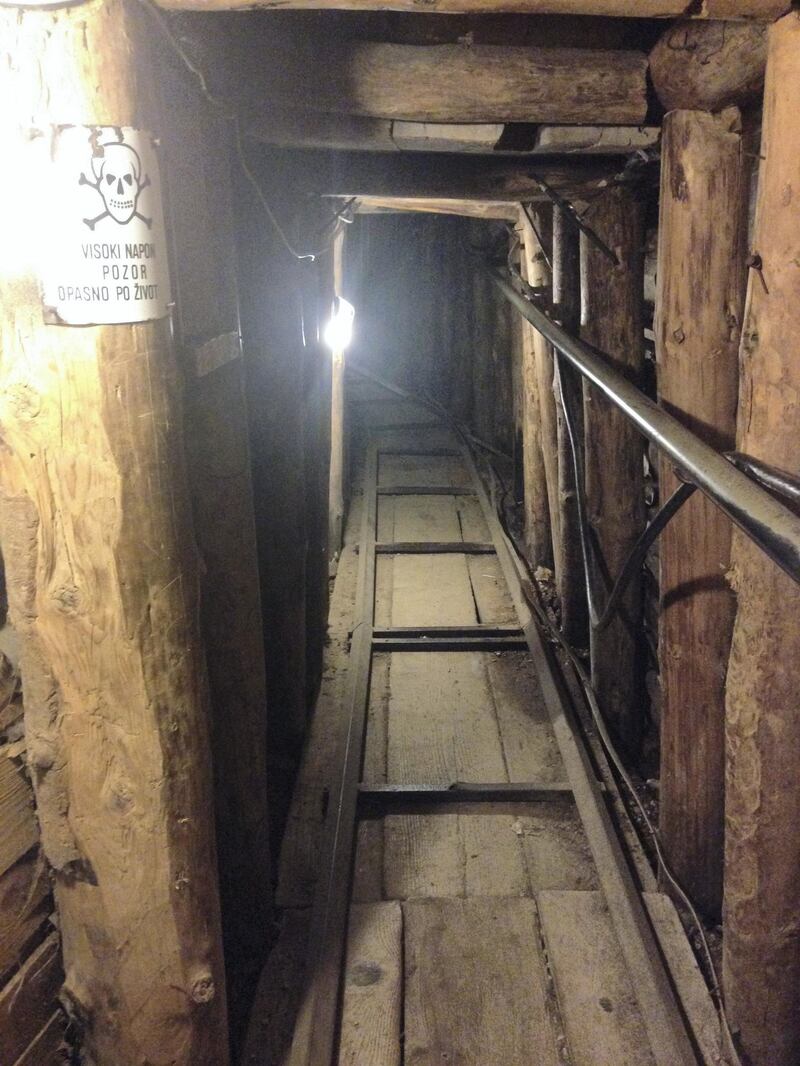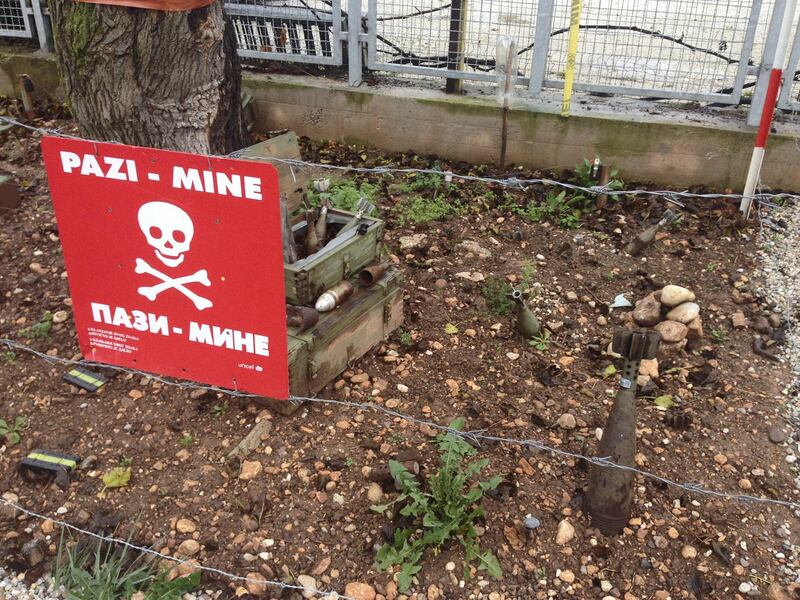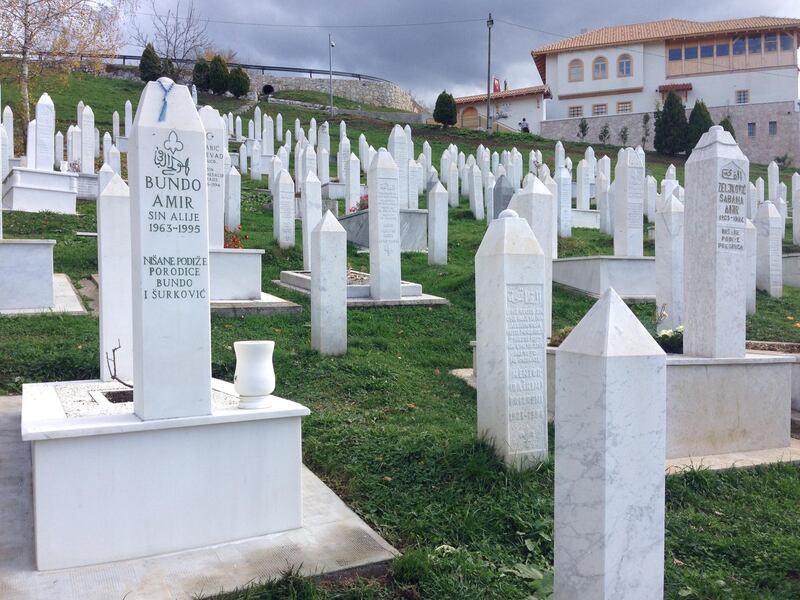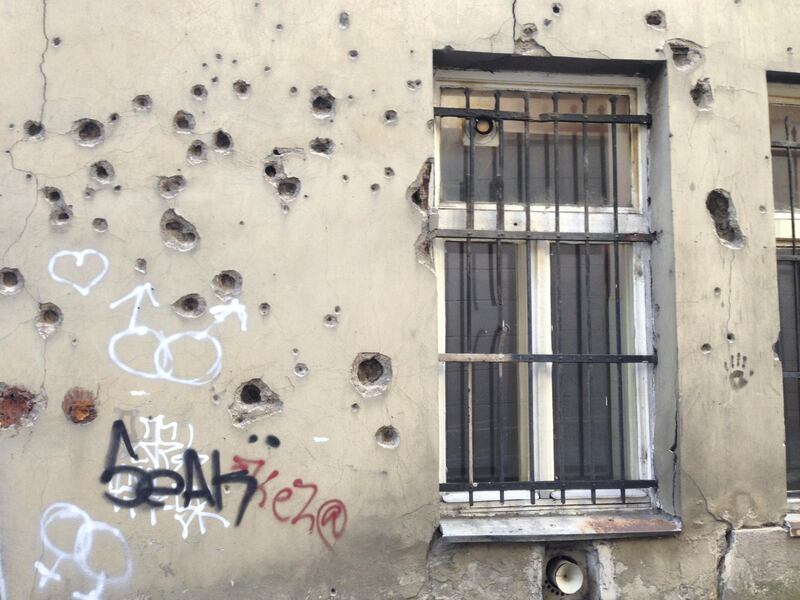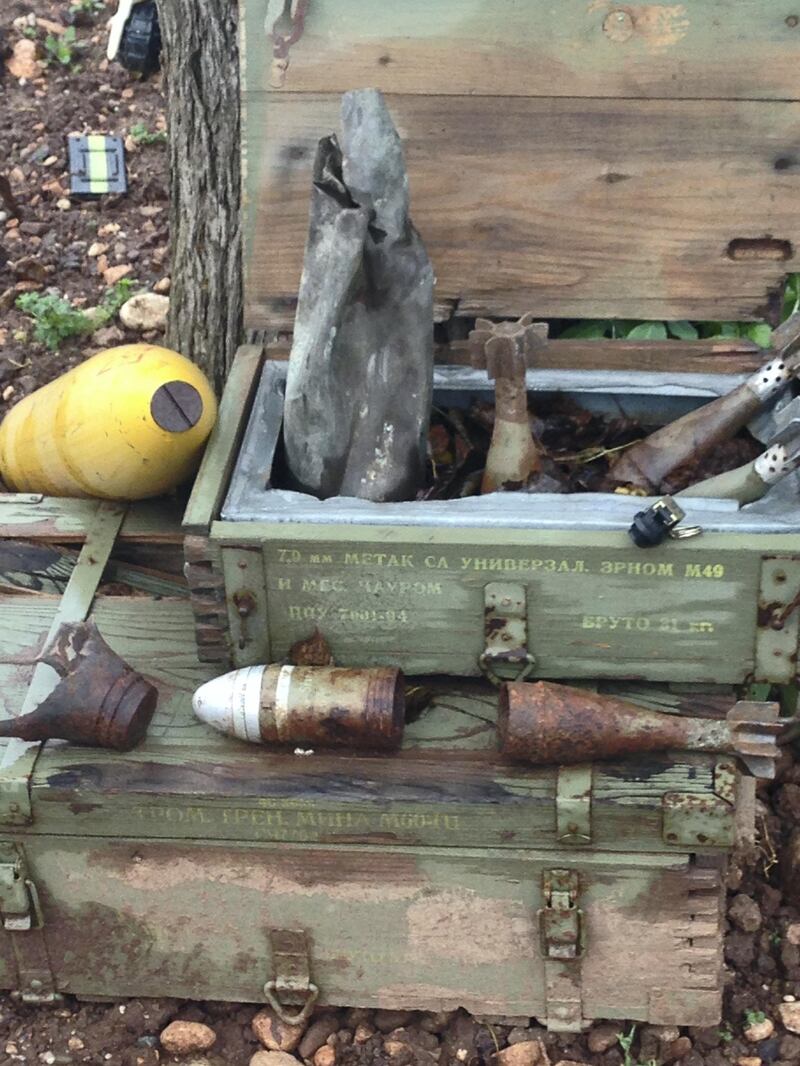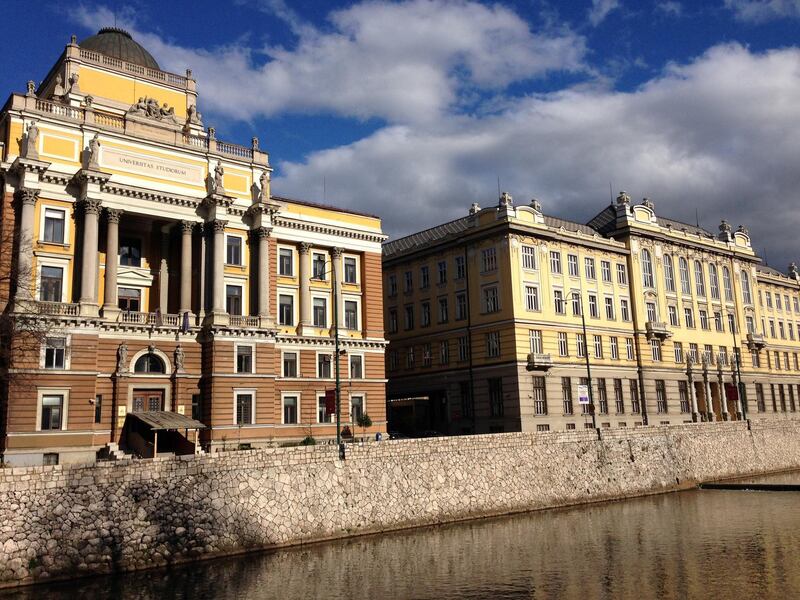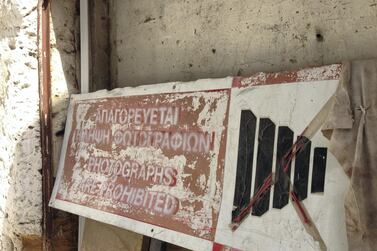In February 1984, Sarajevo – then part of Yugoslavia – hosted the Winter Olympics. Few could have predicted that less than a decade later, the city would endure an almost four-year siege that would cost thousands of lives and leave much of Bosnia’s capital in ruins.
A beautiful Balkan city surrounded by hills, Sarajevo – already infamous for the 1914 assassination of Archduke Ferdinand – found itself encircled and besieged by Yugoslav then Bosnian Serb forces after Bosnia declared independence in a March 1992 referendum.
Shelling and sniper attacks took their toll on the city’s defenders and civilian population. A 1994 UN report found that at least 40 per cent of children in Sarajevo had been shot at by snipers, more than half had seen someone being killed and almost 90 per cent were forced to live in underground shelters.
Bosnia’s government reported that suicide rates in the city soared during the siege and parks, sports grounds and open spaces had to be turned into makeshift graveyards.
In an attempt to smuggle food, water, aid and weapons into the city, Bosnia’s army dug a tunnel to link up with government-held territory near Sarajevo’s airport. Tunnel D-B was also used to get civilians out of the city. Its entrance is now a museum and remains a draw for visitors to the city.
The siege was lifted on February 29, 1996, a few months after the Dayton Agreement which put an end to the Bosnian War. Sarajevo still bears the scars of the conflict, with shrapnel marks clearly visible on buildings across the city.
